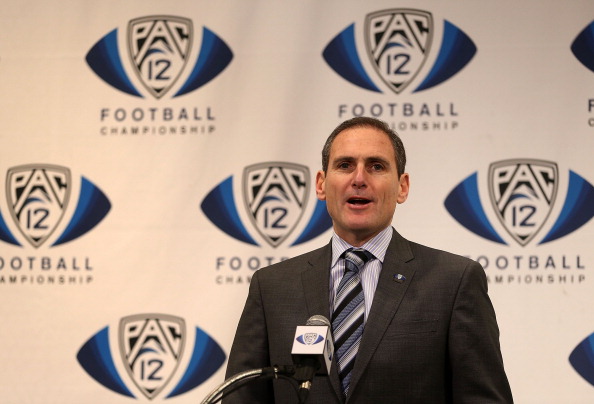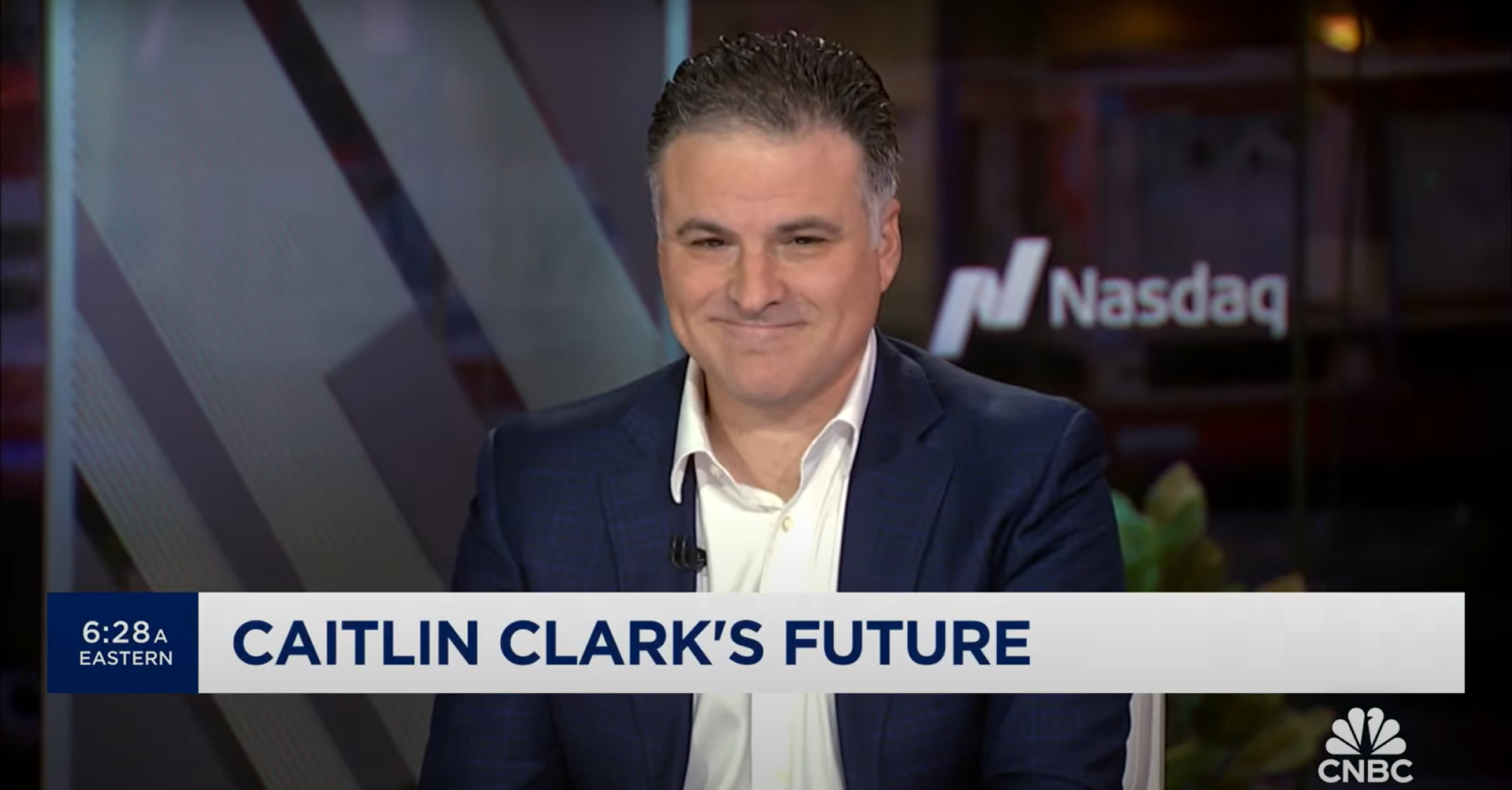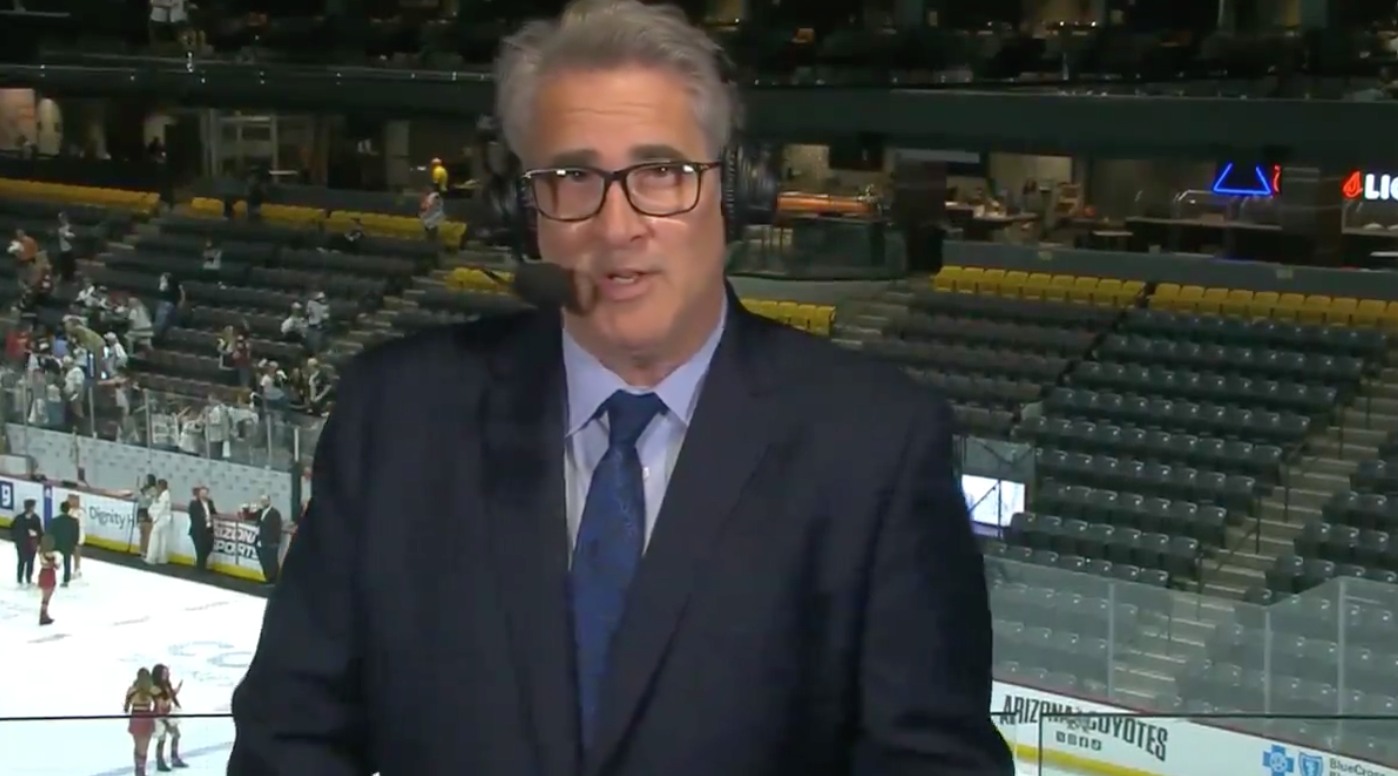Back in 2019, it was reported that the Pac-12 turned down an offer from ESPN to distribute the Pac-12 Networks in exchange for an extension of their rights agreement that would have given ESPN the Pac-12’s rights “well into the 2030s.” It was as big a sign as any that Larry Scott and the Pac-12 were betting on themselves for when their current TV rights deal with Fox and ESPN end in 2024.
Despite the fact that the Pac-12 schools weren’t getting as much revenue as expected and there were plenty of grumblings about the viability of their media footprint, it seemed better to maintain control over their West Coast empire and then hope for a bidding war when the time comes.
So much of the Pac-12 Networks’ birth was flash and hype. The way that Scott and his cohorts spoke about the early days and it’s potential, you’d have thought it would soon rival some of the Silicon Valley neighbors close to their high-profile and high-cost San Francisco headquarters. Here’s a quote from Chris Bevilacqua, CEO of Bevilacqua Media Company and Pac-12 media advisor, back in 2012.
“We had always envisioned that we could create a media company. We didn’t know how and who and what but it became pretty clear to us that because of what we retained we had quality enough content that we could go directly to the distributors and have our own negotiations without a middleman.
“They got the best of both worlds, guaranteed economics and broad-based exposure on News Corp. and Disney platforms plus a direct relationship with their cable customers and 100 percent equity.”
Now in 2020, it feels like the jig is finally up. Before the pandemic hit, Pac-12 Networks was already scaling back it’s efforts after years of failing to meet its goals and financial forecasts. An attempt to sell a 10% stake in the media company went nowhere. All the while, Scott continued to spend lavishly on himself and his position. In August, they held their second round of layoffs since COVID-19 hit, which included the whole digital team at the Pac-12 Networks, responsible for the social media, app, and web presence of the conference-centric network.
The Oregonian’s John Canzano, who has been covering the Pac-12 Networks and it’s failings for a while now, reported this week that, to the surprise of very few people, the entire history of the media company has been smoke and mirrors pretty much from the beginning.
One high-ranking conference official told me: “No media company wanted to partner with the Pac-12. ESPN declined. FOX, CBS, even the Discovery Channel declined. Nobody knows this.
“We weren’t wanted.”
While we missed out on a lot of fun memes involving Pac-12 football on the Discovery Channel, it’s a sobering reminder that everything that’s come to pass with the Pac-12 Networks probably could have been predicted if people were less taken in by flashy words and paid attention to the reality of the situation.
The only option the Pac-12 had was to launch a network itself. It’s since been re-cast as some forward-thinking, ambitious endeavor led by Scott. Truth is, the Pac-12 misread the market then tried to shift the narrative. It helps explain why it ultimately failed in so many glaring ways, including gobbling up 170,000 square feet of expensive downtown-San Francisco real estate for the studios.
“I don’t think anyone who was sitting in the room at the table at the various meetings, including the presidents and consultants knew what they were doing,” said the source. “Nobody had launched a network and knew what it would take.”
According to Canzano, Pac-12 Networks hasn’t spoken recently with furloughed network employees about what the future will hold (even as Scott and other network executives fast-tracked their bonuses to make sure they got them).
The league recently announced that it will start playing football games at 9:00 a.m. Pacific on Fox in order to generate the kind of exposure and revenue that the Pac-12 Networks were supposed to create on their own. The league will lean on Fox, ABC, and ESPN to broadcast their games as their own internal media staff is as barebones as it can be (though Canzano says they’re still trying to figure out who will carry the non-championship games during the weekend of December 18-19). A conference rep told Canzano that “during the course of the season, Pac-12 Networks will be producing football content that will be distributed across the full breadth of Pac-12 Networks media platforms,” though it’s unclear what that entails.
The networks are also contractually obligated to broadcast men’s and women’s basketball games this season, but other than that it’s hard to see exactly what they’ll be able to do in terms of secondary and supporting programming. And as for that 2024 TV rights deal renegotiation, whatever leverage the Pac-12 thought it might have had seems to have evaporated.
Or maybe it never existed in the first place.






